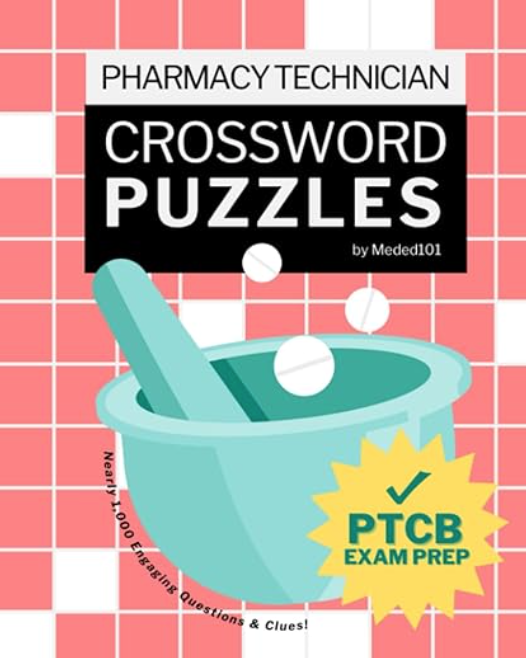When treating hyperglycemia there are two terms that I have seen get confused and often used interchangeably (inappropriately so). Sliding scale and correction factor insulin strategies are NOT the same. These can be tough concepts to differentiate use and know when each method would be used but we are going to do our best to explain them. Most diabetics if already diagnosed have an insulin regimen at home that can be continued in hospital if admitted and adjusted as needed, but some diabetics (particularly type 2) might not have an insulin regimen and need to be established for better control. In this article, we will compare and contrast sliding scale versus correction factor insulin.
Defining Sliding Scale Versus Correction Factor
Sliding Scale: A set amount of insulin is given for a specific glucose reading. Example: 2 units for glucose 150-200 mg/dL, 4 units for glucose 201-250 mg/dL, 6 units for glucose 251-300 mg/dL The amount of insulin given is SOLELY based on the blood glucose reading and nothing else.
There can be a low, medium, or high-intensity scales based on an estimation of insulin needs and suspected levels of insulin resistance. This protocol can vary based on the institution. The overwhelming majority of instances where a sliding scale is used is in type 2 diabetes patients.
| Blood Glucose | Rapid Acting Insulin Dose |
| <150 mg/dL | 0 units |
| 151-199 mg/dL | 2 units |
| 200-249 mg/dL | 4 units |
| 250 – 299 mg/dL | 6 units |
| 300+ mg/dL | 8 units |
Correction factor: A correction factor is the estimated amount a set unit of insulin will drop blood glucose. The additional insulin, if needed, is typically given to the patient on top of the usual prandial (mealtime) dose of insulin. Patients with an already existing elevated preprandial blood glucose may benefit from this type of insulin dosing strategy. Essentially we give extra insulin to “correct” the preexisting hyperglycemia prior to a meal. The correction factor can be estimated based on a calculation of either 1500/Total daily dose for regular insulin or 1800/total daily dose for rapid-acting. Example: Let’s say a correction factor in a patient is estimated to have a 50 mg/dL drop in blood sugar with 1 unit of insulin. Suppose blood glucose is 350 mg/dL and the goal is 150 mg/dL. We are (350-150) 200 mg/dL over goal. For every 50 mg/dL over goal give 1 unit. 200/50 = 4 units to give. In contrast to sliding scale, this method will be primarily used in type 1 diabetics.
Pros and Cons
Sliding scale:
Pros: No math involved. Can easily look at the chart and give the amount within the interval.
Con: Not specific and often leads to more hyperglycemia. Often chasing blood sugars due to not being frequently used with mealtime insulin but chasing after the fact. Typically used as a pre-meal and bedtime factor for only blood glucose correction without regard to changes in meals or snacks.
Generally not be used in type 1 diabetics due to the need for basal, meal, and correctional insulin.
Furthermore, according to the 2023 Beers list short or rapid-acting insulin should not be used without the use of a basal or long-acting insulin due to the risk of hypoglycemia without improvement of hyperglycemia management.
The 2024 guidelines for diabetes management from the American Diabetes Association gave a strong recommendation against sliding scale insulin without the use of basal insulin. They are now calling this “a supplemental insulin without basal insulin” instead of sliding scale. The main recommendation for sliding scale is for uncomplicated type 2 diabetics with mild hyperglycemia or for short-term inpatient management.
Correction factor:
Pros: Individualized and more specific to actual glucose number. Used proactively usually with mealtime insulin to avoid trying to chase blood glucose levels later.
Cons: More risk of hypoglycemia with mealtime insulin. It can be more confusing to dose due to a greater level of calculation and human error.
Recommendations from the ADA include basal insulin, mealtime bolus, and correction doses for patients with adequate food intake.
The big takeaway when comparing sliding scale versus correction factor insulin strategies is that they are different. Correction tends to be more associated with type 1 diabetes management and also takes a little more work on the mathematics side of things. Sliding scale is typically more associated with type 2 diabetes, given based solely on the blood sugar, and should be used for very short periods of time.
Do you see both of these insulin strategies used in practice?
- 30 medication mistakes PDF
- 18+ Page Drug Interaction PDF
- 10 Commandments of Polypharmacy Webinar based on my experiences in clinical practice
This article was written by Leah Lowenberg, PharmD Candidate in collaboration with Eric Christianson, PharmD, BCPS, BCGP
Popular Amazon Books
REFERENCES:
Diabetes care. American Diabetes Association. (2024, January 1). https://diabetesjournals.org/care/issue/47/Supplement_1
2023 American Geriatrics Society Beers Criteria® Update Expert Panel. American Geriatrics Society 2023 updated AGS Beers Criteria® for potentially inappropriate medication use in older adults. J Am Geriatr Soc. 2023; 71(7): 2052-2081. doi:10.1111/jgs.18372









Very timely. I recently had a prescription for insulin, without needle and syringes prescribed as well as no sliding scale indicated on the script.
I am a new practitioner in a community Pharmacy. What should have been my best approach. We had no history of patient having Diabetes in the short med profile we had for him as he was a recent transfer.
Great refresher! Thank you for that. I work in inpatient pharmacy – I hardly see correction factor orders. Almost everyone is on Sliding Scale for few days while in hospital.
As a future suggestion, I’d love to read a refresher on NPH 70/30 and temporary hyperglycemia due to corticosteroids.
Thank you!
A sliding scale for insulin should never be used. It is trying to make insulin work backward. having a fixed dose might not work and the patient gets the same dose. The patient COULD get hypoglycemic because a number is being chased.
I have not been in the nursing home setting for a few years but I was there for awhile and insulin was always a topic we could use more education on. Thanks for this article. we typically had a sliding scale for diabetics at that time along with set mealtime insulin dosing.